Spinal Decompression Therapy: A New Hope for Sciatica Relief
October 7, 2025
10 min

Exploring a Non-Invasive Approach to Sciatica Relief
Sciatica, a distressing condition caused by nerve compression in the lower back, affects millions worldwide. Traditional treatments range from medications to invasive surgeries, yet many patients seek safer, effective alternatives. Spinal decompression therapy emerges as a promising non-surgical option designed to relieve nerve pressure and facilitate healing. This article dives deep into the mechanics, benefits, safety, and scientific basis of spinal decompression therapy, aiming to provide readers with a comprehensive understanding of this evolving treatment for sciatica and related back issues.
Understanding Spinal Decompression Therapy and Its Mechanisms
What is spinal decompression therapy and how does it work?
Spinal decompression therapy is a non-invasive treatment designed to relieve back pain and nerve compression problems. It involves the use of specialized motorized traction tables or devices that gently stretch the spine. By creating controlled, gentle pulling, the therapy aims to reduce pressure on spinal discs and nerves, promoting natural healing.
How spinal decompression works
During a session, the patient lies on a computerized table that senses muscle resistance and adjusts the stretching force accordingly. The controlled stretching applies a vacuum-like effect inside the discs, encouraging herniated or bulging disc material to move back into its proper position. As a result, pressure on the nerve roots, including the sciatic nerve, is alleviated. This process not only provides pain relief but also stimulates the transport of water, oxygen, and nutrients into the discs, which enhances healing.
Mechanisms of negative pressure in discs
The therapy creates negative pressure within the intervertebral discs, which helps to retract displaced disc material. This retraction reduces the mechanical pressure on the nerves and improves disc hydration, leading to increased flexibility and decreased inflammation. These negative pressures range from about -25 to -160 mm Hg, significantly decreasing intradiscal pressure and supporting tissue recovery.
Treatment session structure and customization
Typically, each session lasts about 30 to 45 minutes, and a series of 15-30 treatments over 4-6 weeks is recommended for optimal results. Treatments are personalized based on the patient's condition, with the therapist adjusting the angle and direction of forces to target specific disc issues. The entire process is painless, and patients often report feeling comfortable throughout. See more about spinal decompression session details.
Target conditions such as herniated discs, degenerative disease, sciatica, spinal stenosis
This therapy is beneficial for various spinal conditions, including herniated discs, degenerative disc disease, spinal stenosis, and sciatic nerve compression. By restoring the space between vertebrae, it helps reduce nerve irritation, alleviates pain, and improves spinal function. While research varies in strength, many patients experience meaningful relief, improved mobility, and enhanced quality of life without the need for surgery.
Overall, spinal decompression therapy promotes spine health by mechanically decompressing the spinal structures, improving circulation, and facilitating the body's natural healing processes.
Conditions Treated by Spinal Decompression Therapy and Its Benefits for Sciatica
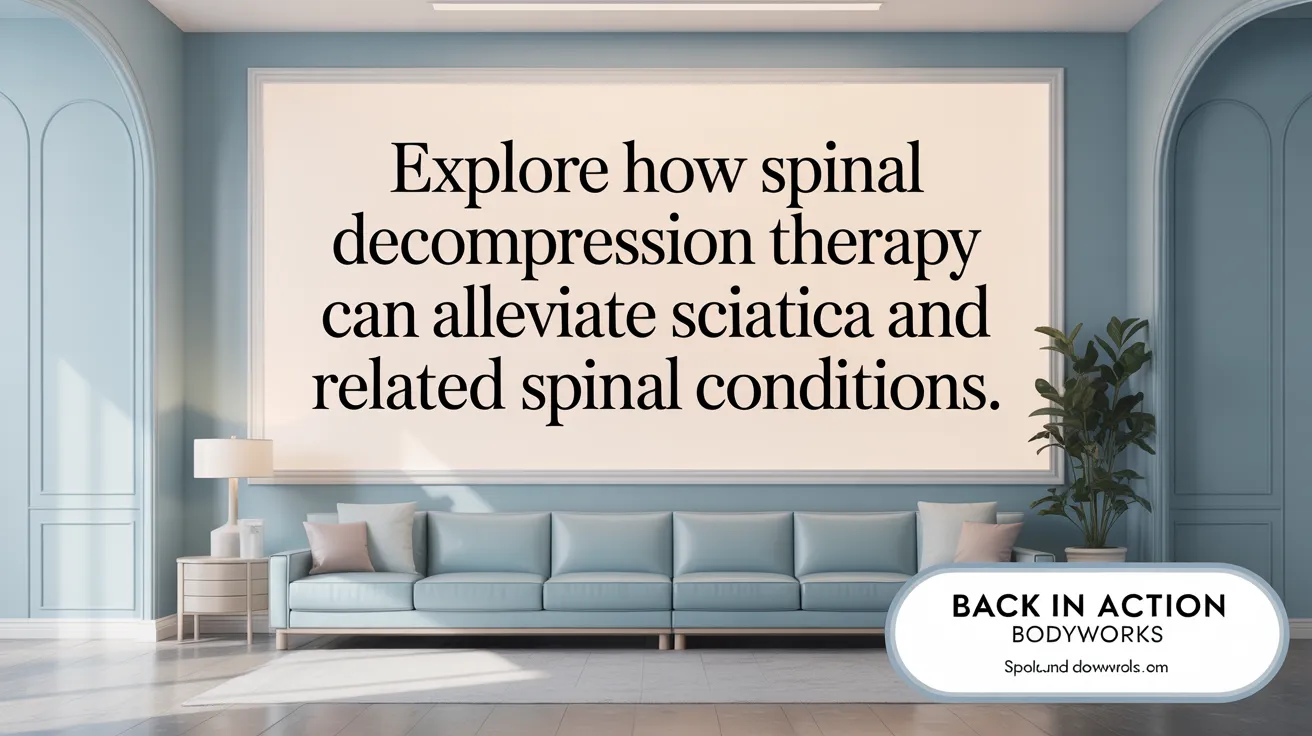
What conditions can spinal decompression therapy treat, particularly regarding sciatica and back pain?
Spinal decompression therapy is used to address several conditions where nerve compression and disc pressure cause pain and discomfort. It can effectively treat herniated discs, bulging discs, degenerative disc disease, and spinal stenosis. These conditions often lead to symptoms like back pain, sciatica, and nerve irritation.
During the therapy, a specialized motorized table gently stretches the spine, creating negative pressure inside the discs. This process helps retract herniated or bulging disc material, reducing pressure on nerve roots and alleviating pain.
While non-invasive, spinal decompression can be complemented with other treatments such as physical therapy, chiropractic care, or traction therapy. In more severe or persistent cases, surgical decompression—like discectomy or laminectomy—may be necessary, but these are more invasive options. Overall, decompression therapy provides a promising alternative to surgery, helping restore normal disc position and reduce inflammation.
What are the benefits and effectiveness of spinal decompression therapy for relieving sciatica symptoms?
Many patients with sciatica benefit from spinal decompression therapy through significant pain and symptom relief. The therapy reduces pressure on the sciatic nerve by gently stretching the spine, which often helps in reducing symptoms such as pain, numbness, tingling, and muscle weakness.
Clinical reports and patient testimonials support the idea that decompression therapy can improve mobility and quality of life, especially when sciatic pain stems from herniated discs, spinal stenosis, or degenerative conditions.
The process involves creating a negative pressure inside the discs, encouraging rehydration and healing. This may help reverse some disc herniations and promote nutrient flow, supporting natural recovery.
However, it’s important to note that scientific research on decompression therapy's effectiveness is limited and has often been conducted with methodological issues. Most studies are small and lack rigorous controls, making definitive conclusions difficult. See a detailed analysis in the scientific literature.
While generally safe and well-tolerated, decompression therapy could be most beneficial for selected patients with specific spinal conditions. Consulting a healthcare provider can help determine if this treatment is suitable for individual cases of sciatica. Overall, while promising, additional research is needed to fully establish its long-term efficacy.
The Treatment Process and Safety Considerations in Spinal Decompression

How is spinal decompression therapy performed and what does the treatment process involve?
Spinal decompression therapy can be performed non-surgically or surgically to relieve pressure on the spinal discs and nerves. Non-surgical decompression typically involves using a motorized traction table or similar device that gently stretches the spine through harnesses, aiming to create negative pressure in the discs and promote healing. Sessions usually last between 20 to 45 minutes and are conducted under the supervision of a healthcare professional, with multiple treatments scheduled over several weeks for optimal results.
Surgical options, such as laminectomy or discectomy, involve removing part of the vertebra or herniated disc material to reduce nerve pressure, often performed with minimally invasive techniques and requiring recovery time. The overall treatment process involves an initial assessment, a series of treatments tailored to the patient's condition, and ongoing monitoring to ensure safety and effectiveness.
Patients often undergo a comprehensive evaluation including physical examination and imaging to determine suitability. During therapy, the healthcare provider uses specialized equipment to gently stretch the spine, monitor muscle resistance, and adjust force in real-time to ensure comfort and safety.
This combination of assessment, personalized treatment sessions, and follow-up care helps promote healing, reduce pain, and improve mobility in a controlled, safe manner.
What are the risks, safety considerations, and contraindications associated with spinal decompression therapy?
Spinal decompression therapy is generally considered safe when performed by trained and experienced healthcare providers. It effectively alleviates back, neck, or leg pain caused by conditions like herniated discs, degenerative disc disease, and nerve compression.
However, certain contraindications exist. It is not suitable for individuals with spinal fractures, tumors, infections, severe osteoporosis, recent spinal surgery, or pregnancy, as these conditions can increase the risk of adverse effects or worsen the underlying problem.
Patients with blood clotting disorders, unhealed spinal injuries, or unstable spinal conditions such as significant spondylolisthesis or spinal stenosis should be carefully evaluated before treatment.
Minor side effects may include temporary muscle soreness, fatigue, or increased discomfort after sessions, but serious adverse effects like nerve damage or worsening of symptoms are rare.
Proper screening and assessment, including medical history and diagnostic imaging, are essential for ensuring safety. Tailoring the therapy to the patient's health status and condition significantly reduces risks, making spinal decompression a safe alternative when properly administered.
Comparing Spinal Decompression with Other Sciatica Treatments

Spinal decompression therapy stands out as a non-invasive spinal treatment and technologically advanced approach to treating sciatica. It involves gentle, controlled stretching of the spine using a computerized table, which creates negative pressure inside the discs. This process helps retract herniated or bulging disc material, thereby reducing pressure on the sciatic nerve and promoting natural healing.
When comparing spinal decompression with surgical options, such as discectomy or laminectomy, it offers a safer profile with minimal risks, no anesthesia, and little to no recovery downtime. Surgical decompression can deliver immediate relief but involves higher costs, potential complications, and longer recovery periods. On the other hand, other non-surgical treatments like physical therapy, medications, and traction are more traditional methods aimed primarily at symptom relief rather than addressing the root cause.
Physical therapy typically involves exercises, strengthening, and flexibility routines to alleviate nerve pressure, but it may not always resolve disc issues. Medications, including NSAIDs and nerve pain drugs, help control symptoms temporarily, while manual traction provides a gentle stretch but might not target disc pathology as precisely as decompression therapy.
Research indicates that spinal decompression may enhance MRI outcomes by increasing disc height and improving blood and nutrient flow into affected areas, leading to potentially longer-term improvements. It can be especially beneficial for patients with mild to moderate disc herniation or spinal stenosis who are seeking an effective, conservative treatment option without surgery.
The best treatment choice depends on factors such as symptom severity, underlying diagnostics, overall health status, and patient preferences. For those looking for a non-invasive solution with evidence of potential benefits in disc health and symptom relief, spinal decompression is becoming an increasingly popular option. Consulting healthcare providers helps determine individualized care, but overall, decompression therapy offers a promising alternative to more invasive procedures and can complement other conservative treatments for sustained recovery.
Self-Care, Diagnosis, and Understanding Sciatica for Effective Management

What are the common causes, symptoms, diagnosis, and typical prognosis of sciatica?
Sciatica occurs when irritation or compression affects the sciatic nerve, which runs from the lower back through the hips and down each leg. Common causes include herniated discs and sciatica, spinal stenosis and sciatica, degenerative disk disease, and other structural abnormalities like bone spurs or tumors. Risk factors such as age, obesity, poor posture, injury, and sedentary lifestyles can increase susceptibility.
Symptoms often manifest as pain radiating from the lower back into the buttocks and down the leg—sometimes accompanied by tingling, numbness, muscle weakness, or in severe cases, loss of bladder or bowel control. Diagnosis involves a detailed medical history, physical examinations, and imaging tests like MRI for sciatica or X-ray scans to identify underlying structural issues.
Most cases of sciatica are benign with a good prognosis, especially if treated early. Many individuals experience significant relief within weeks through conservative measures. Typically, 80-90% recover without surgery, as symptoms tend to improve with time, rest, and non-invasive sciatica treatments. However, persistent severe pain or neurological deficits may necessitate surgical intervention for sciatica.
What self-care strategies and home remedies can help manage sciatica symptoms?
Effective self-care begins with applying cold packs during the acute phase to reduce inflammation, followed by warm heat therapy to relax muscles and enhance blood flow. Gentle stretching exercises like the piriformis stretch, cat-cow pose, and bridges can decompress the nerve and alleviate pain.
Maintaining an active lifestyle with light activities such as walking, swimming, or yoga is beneficial, as prolonged rest can worsen symptoms. Proper posture and ergonomic supports help reduce pressure on the sciatic nerve, especially during work or daily activities.
Avoid heavy lifting and prolonged sitting, which can aggravate nerve compression. Using supportive cushions and adjusting chairs can improve comfort. If pain persists or worsens, consulting a healthcare provider is crucial; they might recommend physical therapy for sciatica, massage, medications, or other interventions.
By adopting these practices, individuals can often manage mild to moderate symptoms effectively, prevent flare-ups, and promote natural healing, leading to improved quality of life.
Clarifying Misconceptions and Setting Realistic Expectations
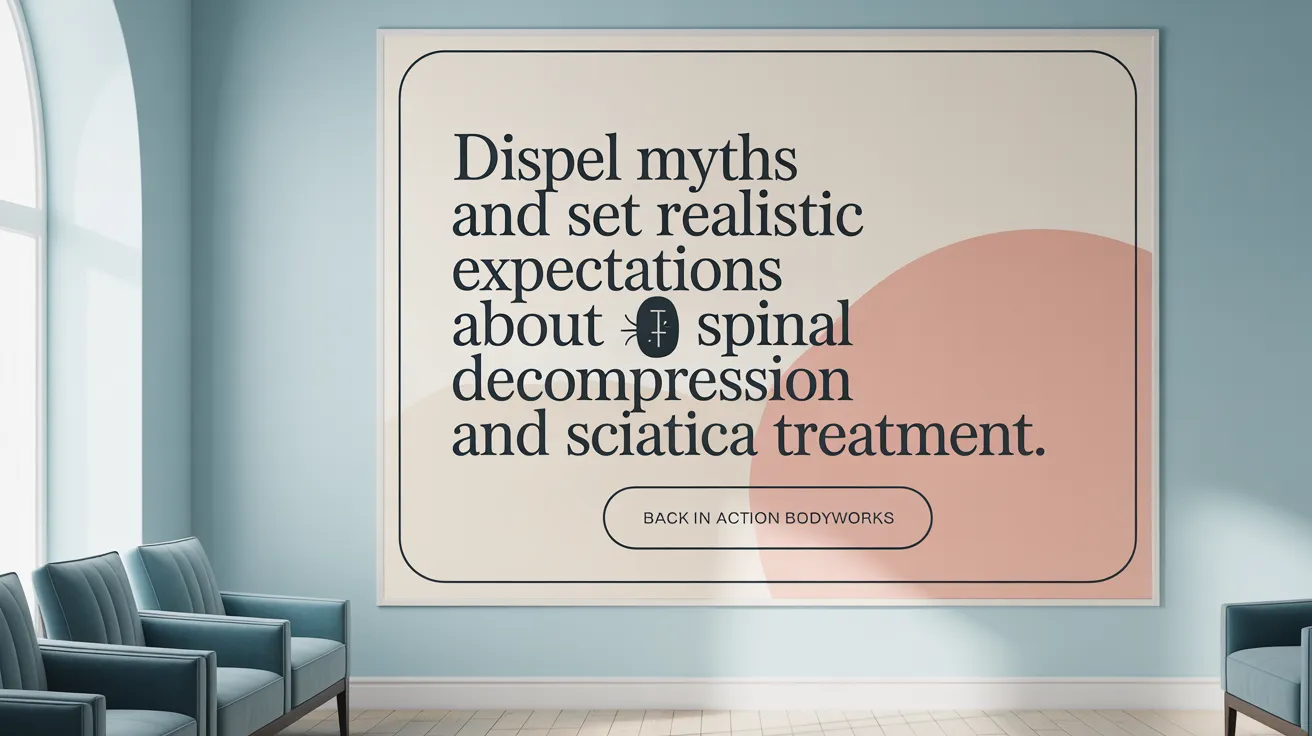
What misconceptions exist about spinal decompression therapy and sciatica management, and how can they be clarified?
Many people hold the misconception that spinal decompression therapy guarantees complete relief from back pain or sciatica. Some also believe it might be painful or risky. In reality, spinal decompression is a safe, non-invasive technique that gently stretches the spine to help relieve pressure on herniated or bulging discs. During spinal decompression sessions, most patients experience comfort, and serious side effects are rare.
However, it’s important to recognize that decompression therapy usually involves a series of treatments—typically multiple sessions over several weeks—and the results can vary based on the individual’s specific condition. It is not a magic cure-all but part of a comprehensive sciatica treatment plan.
Furthermore, decompression addresses the underlying causes of nerve compression and disc issues. To achieve optimal results, it is often combined with other therapies, such as physical exercises, posture correction, and lifestyle modifications.
Clarifying these facts helps set realistic expectations. Patients should understand that while many experience significant relief, individual outcomes depend on various factors including severity of injury and adherence to treatment recommendations. Providing this clear information fosters informed decision-making and promotes better sciatica pain management.
For more insights, search queries like "misconceptions spinal decompression therapy sciatica management" can offer additional educational resources.
Embracing Spinal Decompression: A Pathway to Relief and Recovery
Spinal decompression therapy represents a promising, non-invasive option for those struggling with sciatica and related spinal conditions. By gently stretching the spine to alleviate nerve pressure and stimulate healing, it offers an alternative to more invasive surgical procedures. While scientific evidence continues to evolve, many patients have experienced meaningful relief, improved mobility, and enhanced quality of life through this treatment. Importantly, individualized assessment ensures suitability, while integration with other therapeutic approaches fosters comprehensive care. With growing awareness and ongoing research, spinal decompression therapy may well become a cornerstone in the conservative management of sciatica, providing new hope for sufferers seeking lasting solutions.
Recent articles

Simple Lifestyle Adjustments to Maintain a Healthy Spine

Personalized Nutritional Counseling for Improved Health Outcomes

Exploring Non-Surgical Treatments for Spine-Related Conditions

An Introduction to Spinal Decompression for Sciatica Patients

Transformative Success Stories: Patient Experiences with Chiropractic Treatments

Why Chiropractic Care Is Essential for Back Pain Relief

Addressing Underlying Causes Versus Symptom Management in Pain Care

The Role of Nutrition in Enhancing Chiropractic Treatment Effectiveness

Sciatica Treatment Options: Is Spinal Decompression Right for You?

Lifestyle Tips to Maintain a Healthy Spine and Prevent Back Issues

The Synergy Between Physiotherapy and Chiropractic Treatments

What Happens During Your Initial Chiropractic Consultation

Effective Corrective Exercises for Sustainable Pain Management

Taking a Root Cause Approach to Chronic Pain Management

Holistic Pain Management Techniques Without Surgery

How Patient Success Stories Validate Chiropractic Care Benefits

Spinal Decompression: Innovative Treatment for Sciatic Nerve Pain

Spinal Decompression Therapy: A Non-Invasive Approach to Sciatica Relief

Exploring Holistic Approaches Beyond Surgery for Pain Relief

Practical Lifestyle Advice to Support a Healthy Spine Every Day

Corrective Exercise Routines Designed for Long-Term Pain Prevention

Real Patient Stories: Overcoming Chronic Pain with Chiropractic Care

Lifestyle Changes That Promote a Healthy Spine and Prevent Injury

How Addressing the Root Cause of Pain Leads to Lasting Relief

Non-Surgical Holistic Therapies to Manage Chronic Pain Effectively

Nutritional Counseling's Impact on Physical Health and Healing

Benefits of Regular Chiropractic Care for a Stronger Back

Your First Chiropractic Visit: What to Expect and How to Prepare

Patient Experiences: How Chiropractic Care Transformed Their Lives

Exploring Holistic, Non-Surgical Options for Pain Management

Combining Physiotherapy with Chiropractic Treatments for Enhanced Recovery

Holistic Treatments That Offer Alternatives to Surgery for Pain Relief

Corrective Exercise Strategies for Long-Term Spine Health

How Physiotherapy Complements Chiropractic Adjustments for Better Outcomes

First-Time Chiropractic Visitors: What You Should Know

Understanding the Importance of Treating Pain at Its Source

Adopting Lifestyle Changes to Support Your Spine's Wellness

Utilizing Physiotherapy to Enhance Chiropractic Treatment Outcomes

The Key Advantages of Chiropractic Care for Back Pain Sufferers

Why Focusing on Root Causes Improves Pain Treatment Success

Corrective Exercises That Promote Lasting Pain Relief and Mobility

Sciatica Relief Through Targeted Spinal Decompression Techniques

Preparing for Your First Chiropractic Appointment with Confidence

Healthy Lifestyle Habits for Maintaining Spinal Alignment

Success Stories Highlighting Chiropractic's Role in Pain Recovery

Top Benefits of Chiropractic Care for Chronic Back Pain

Nutrition Tips to Boost Your Overall Wellness and Recovery

How Chiropractic Care Alleviates Back Pain Naturally

How Nutritional Counseling Supports Overall Wellness and Spine Health

Step-by-Step Guide to Your First Visit with a Chiropractor

Using Nutrition to Support Chiropractic and Overall Wellness

Integrating Physiotherapy in Your Chiropractic Healing Journey

How Physiotherapy Complements Chiropractic Adjustments for Faster Healing

Lifestyle Tips for Maintaining a Healthy Spine and Preventing Back Pain

Heartwarming Patient Testimonials Highlighting Chiropractic Success

How Proper Nutrition Supports Chiropractic and Physiotherapy Treatments

Combining Physiotherapy and Chiropractic Treatments for Optimal Recovery

Why Chiropractic Treatments Are Effective for Managing Back Pain

Choosing a Chiropractor: Tips for Finding a Trusted Provider

Integrating Physiotherapy and Chiropractic: Benefits and What to Expect

How Tailored Corrective Exercises Can Aid in Pain Management

Chiropractic Care: A Proven Solution for Alleviating Back Pain

What to Expect at Your First Chiropractic Visit: A Comprehensive Guide

The Importance of Root Cause Analysis in Effective Pain Management

The Role of Corrective Exercises in Sustaining Pain-Free Living

Combining Chiropractic and Physiotherapy for Comprehensive Pain Relief

How Addressing Underlying Causes Improves Pain Treatment Effectiveness

Maintaining Spinal Health Through Lifestyle Changes and Preventive Care

Understanding the Benefits of Chiropractic Adjustments for Back Pain Sufferers

Spinal Decompression Therapy: A New Hope for Sciatica Relief

Lifestyle Recommendations to Support a Healthy Spine and Reduce Pain
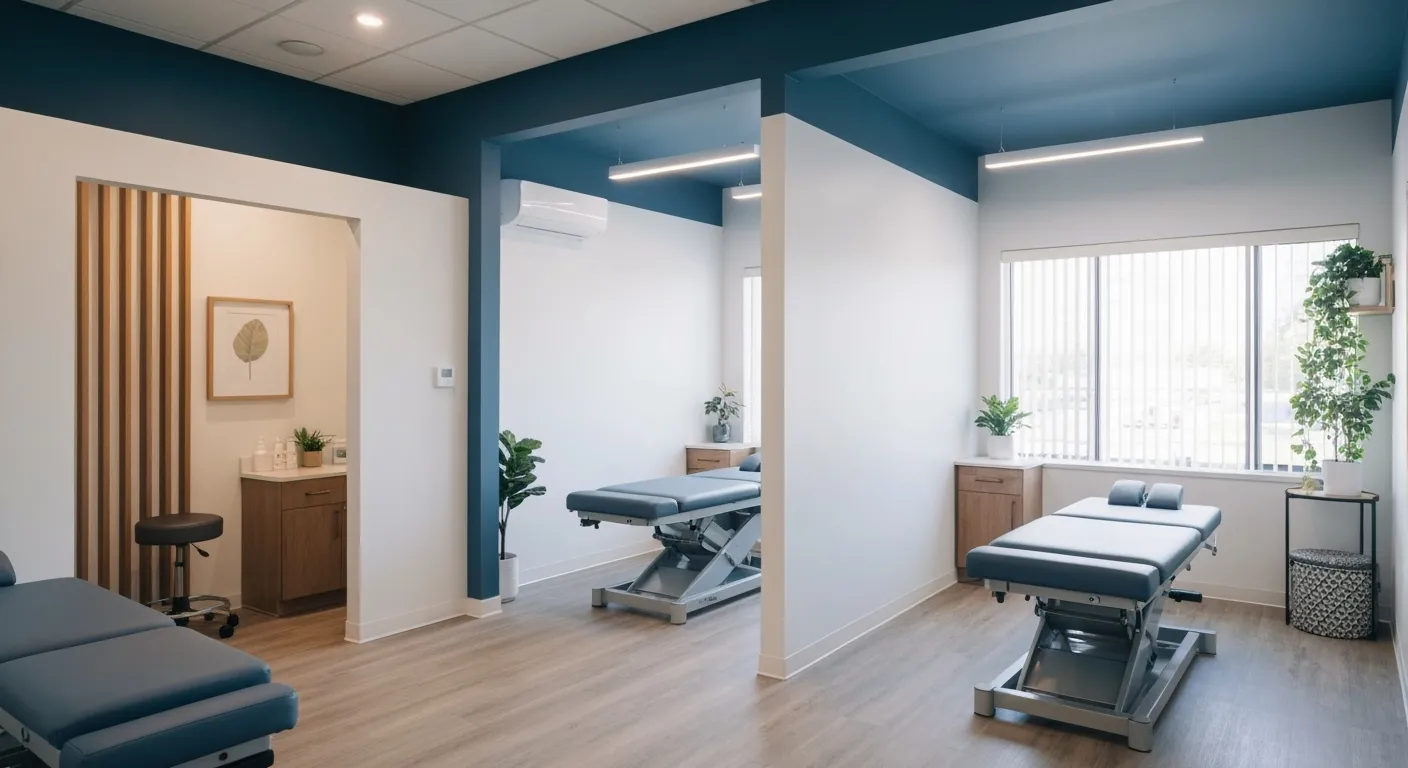
Choosing the Right Chiropractor: Key Factors to Consider Before Your First Appointment
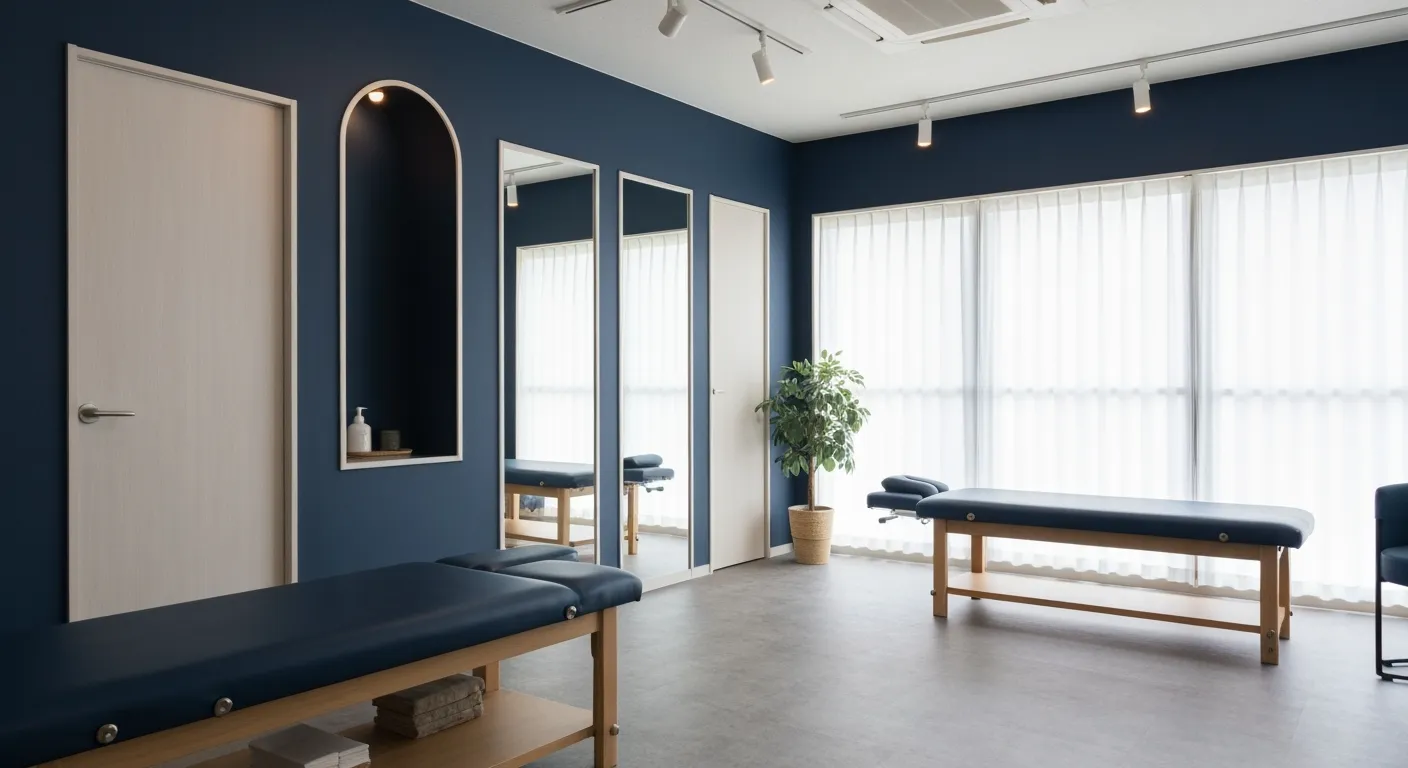
Non-Invasive Treatment Alternatives: A Holistic Approach to Pain Relief
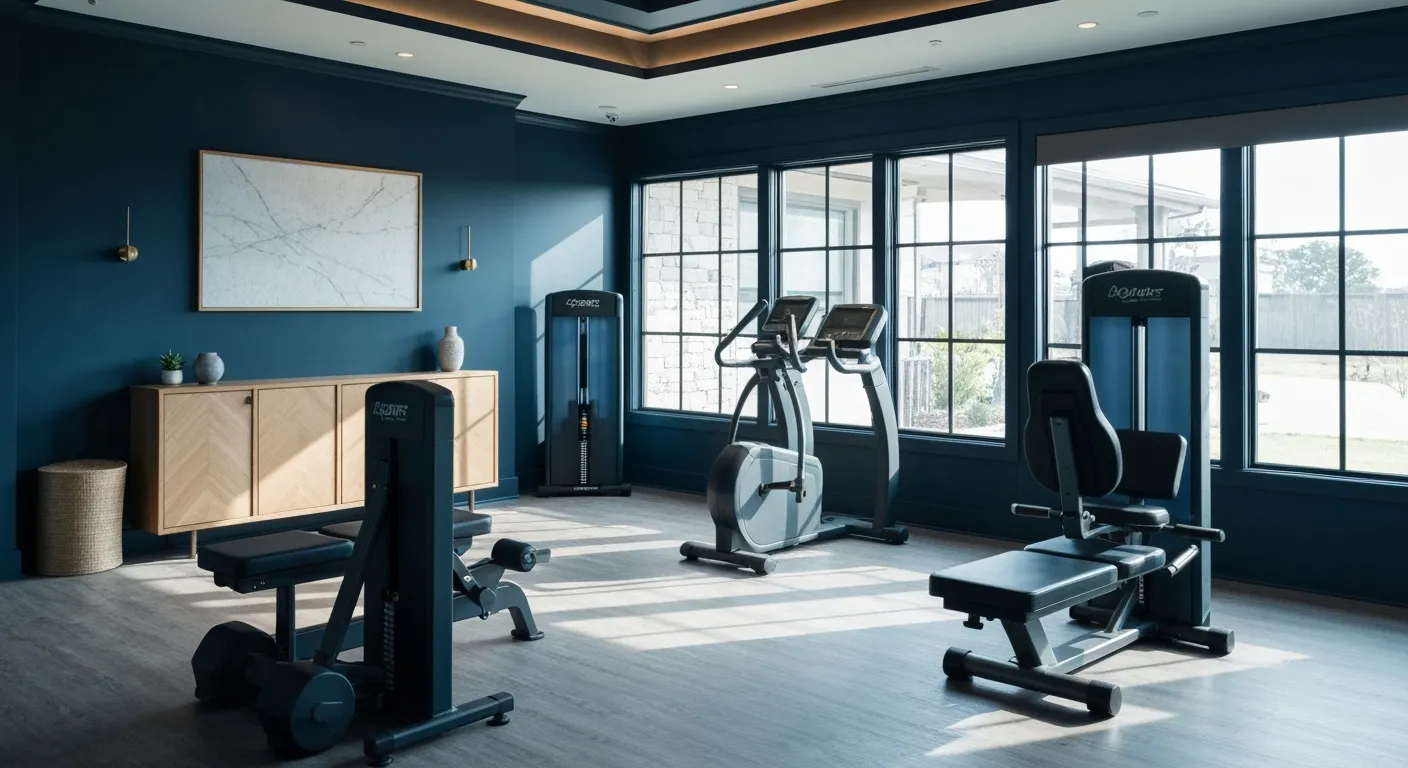
Corrective Exercises to Support Long-Term Relief from Chronic Pain

Exploring Non-Surgical Approaches to Spine Health and Wellness

Tips for Daily Habits That Keep Your Spine Strong

Success Stories: How Chiropractic Treatments Changed Lives

Why Focusing on the Root Cause of Pain Leads to Better Outcomes
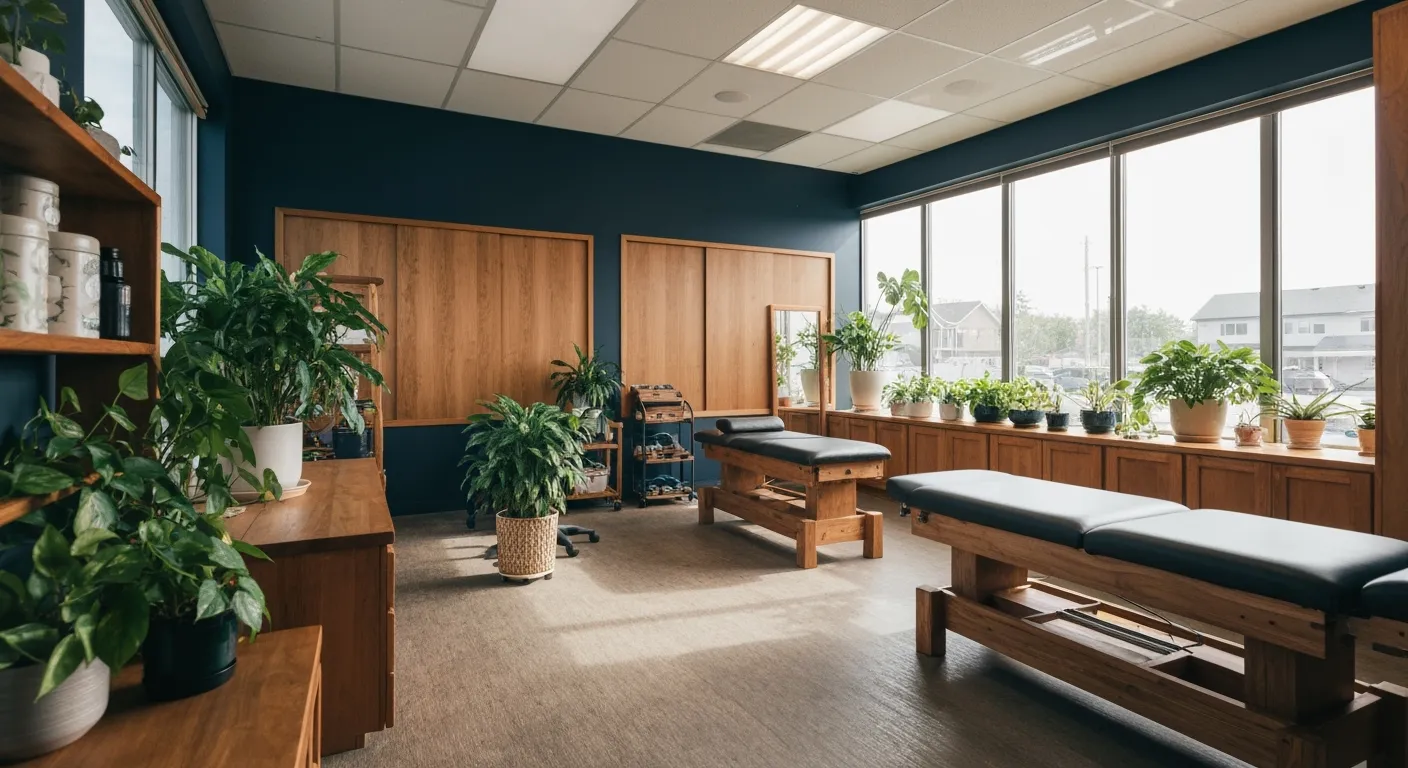
Nutritional Counseling and Its Impact on Overall Wellness and Recovery
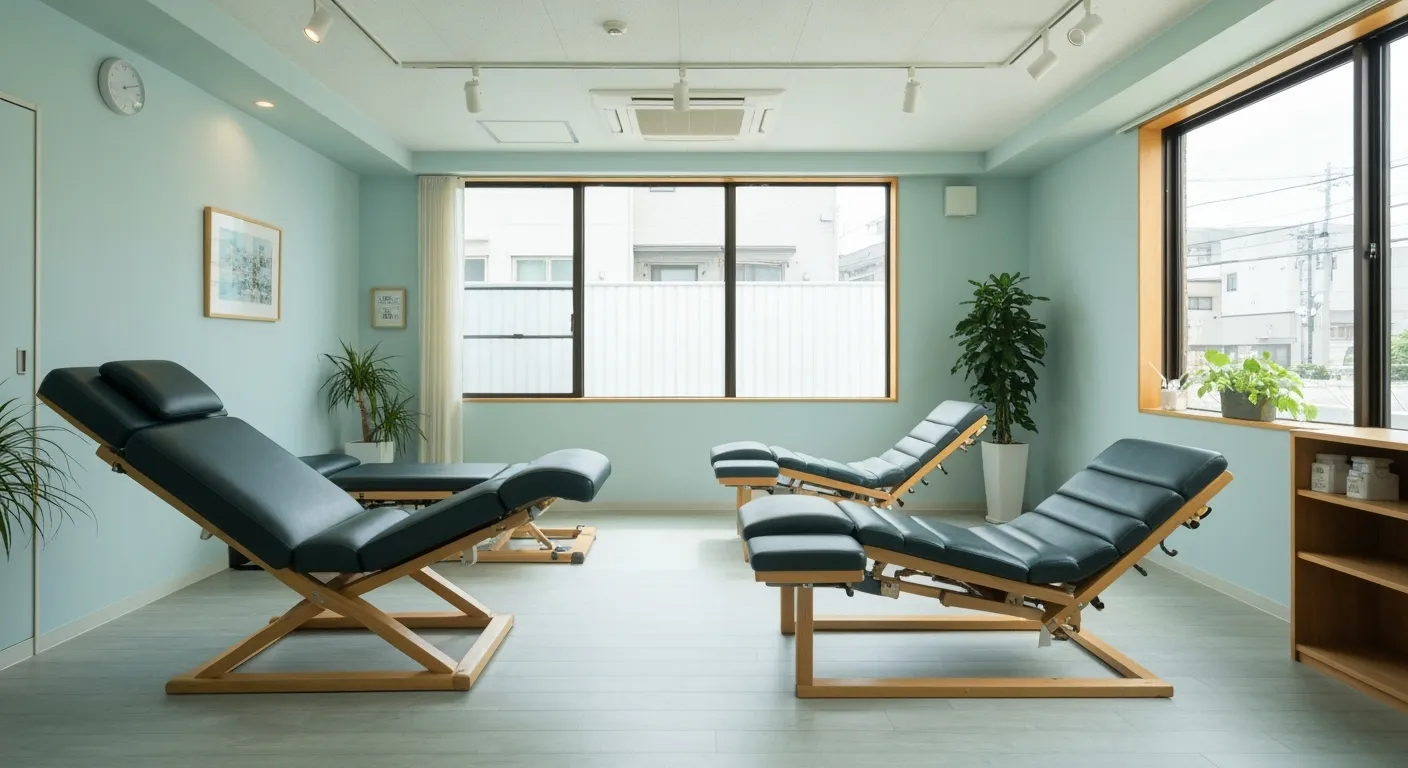
Patient Testimonials That Showcase the Power of Chiropractic Care

Preparing for Your First Chiropractic Appointment: What You Need to Know

Holistic Treatment Options: Beyond Surgery for Pain Relief
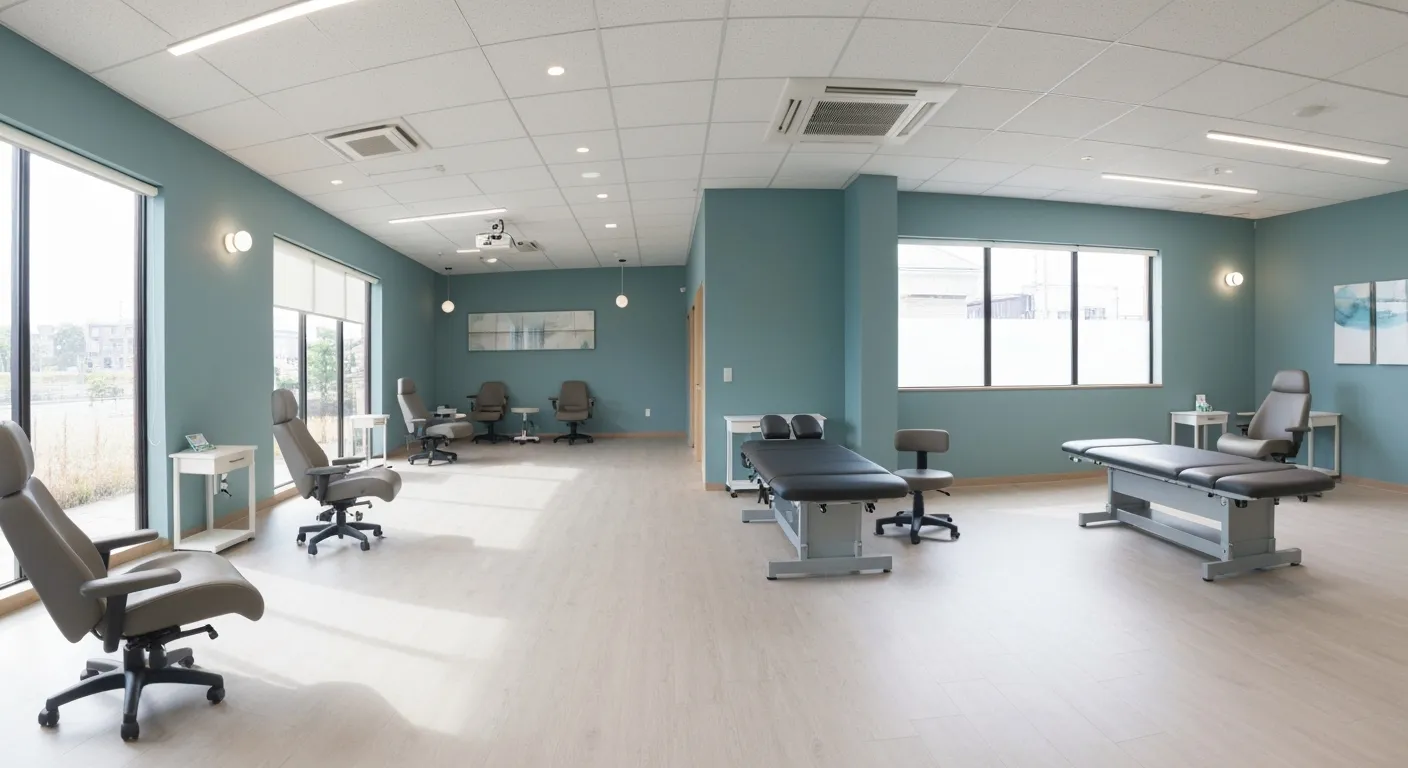
Holistic Pain Relief Methods That Avoid Surgery
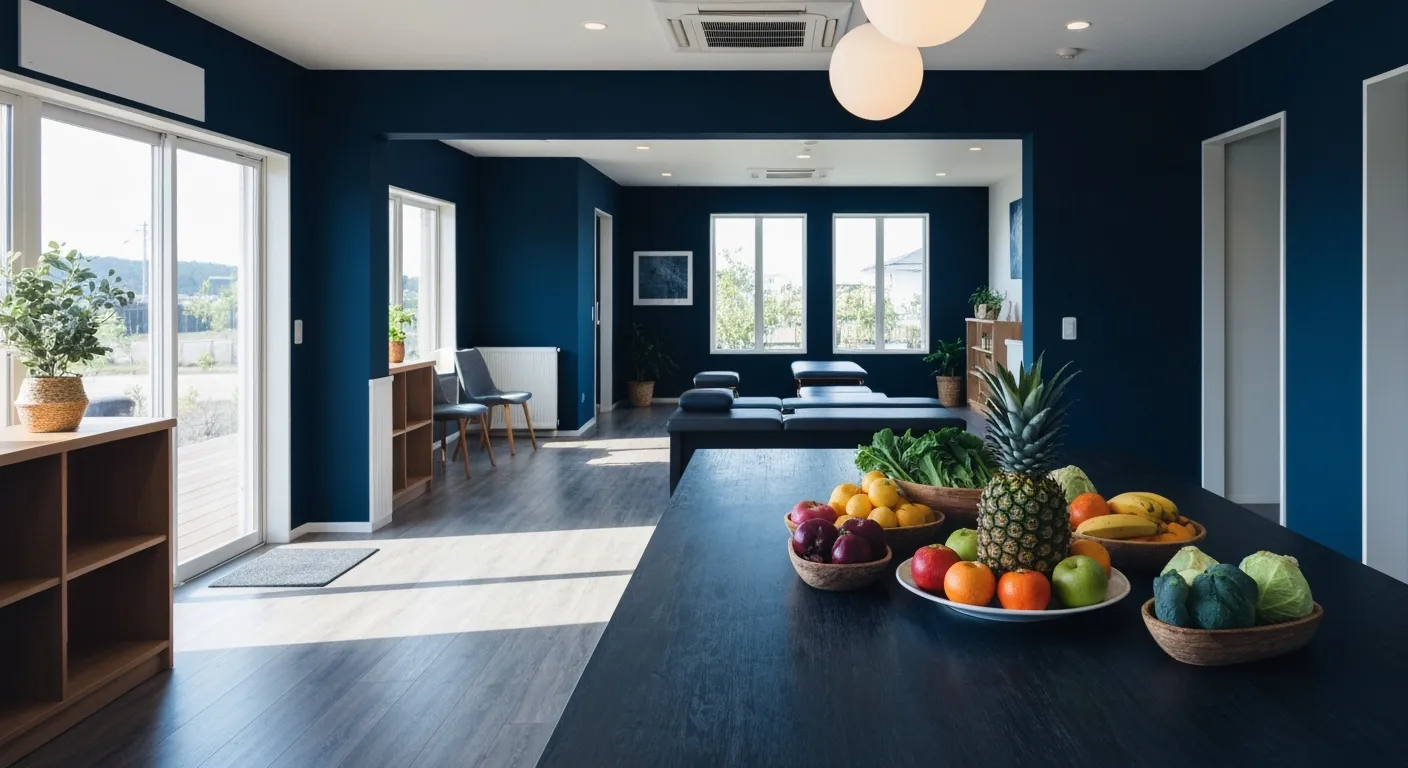
Nutritional Strategies for Supporting Spine Health and Recovery
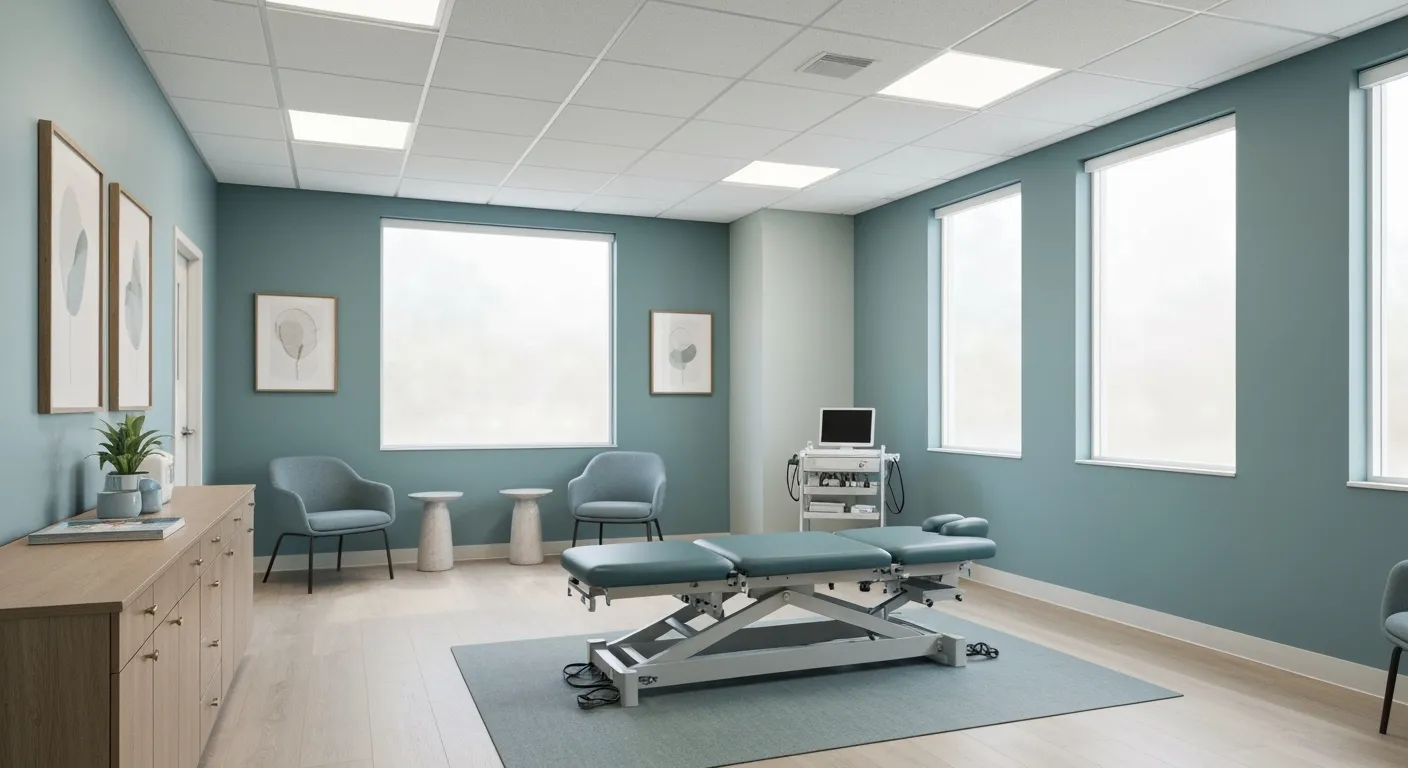
First Chiropractic Visit: What Happens and How to Prepare
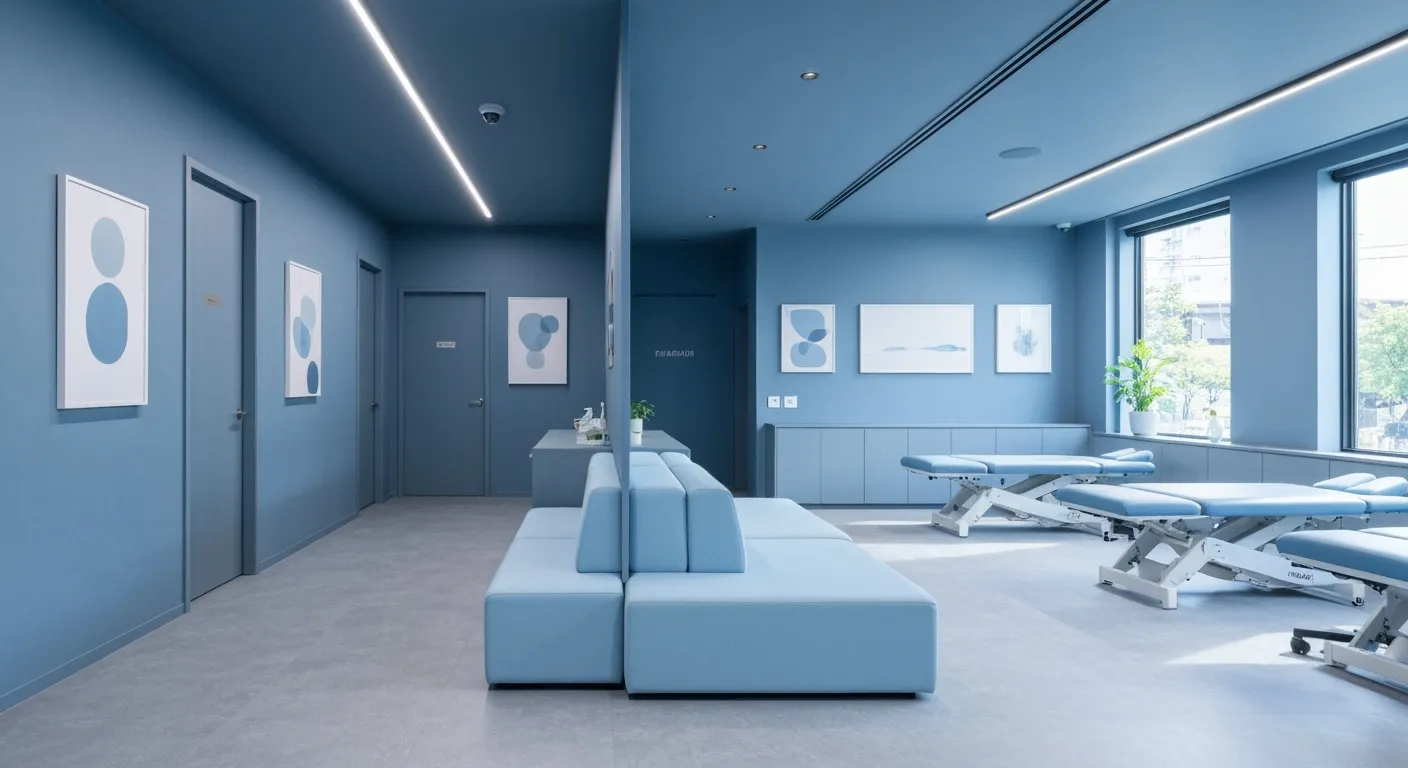
Chiropractic Patient Success Stories: Inspiring Journeys to Wellness

Effectiveness of Spinal Decompression Therapy in Managing Sciatic Nerve Pain
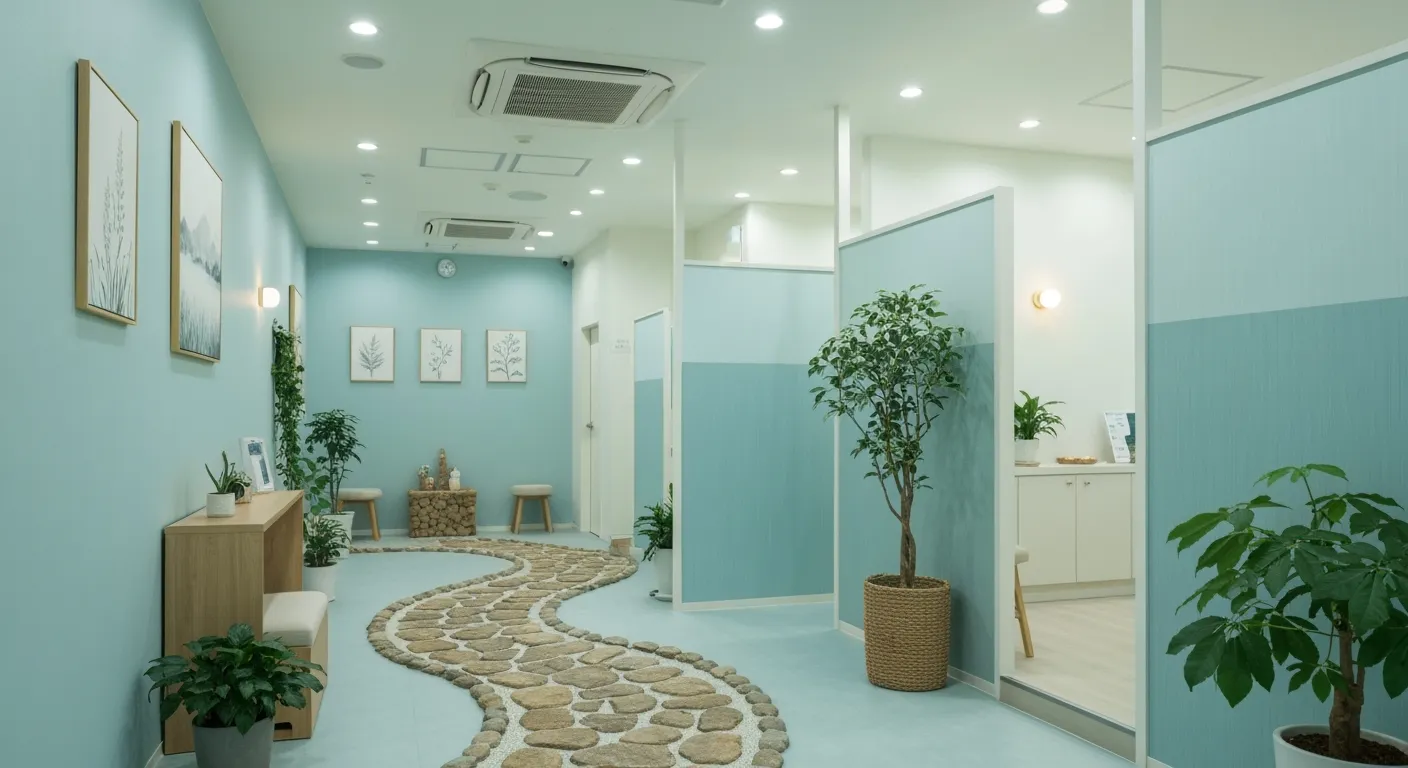
Addressing Pain at Its Source: Why Treating the Root Cause Matters
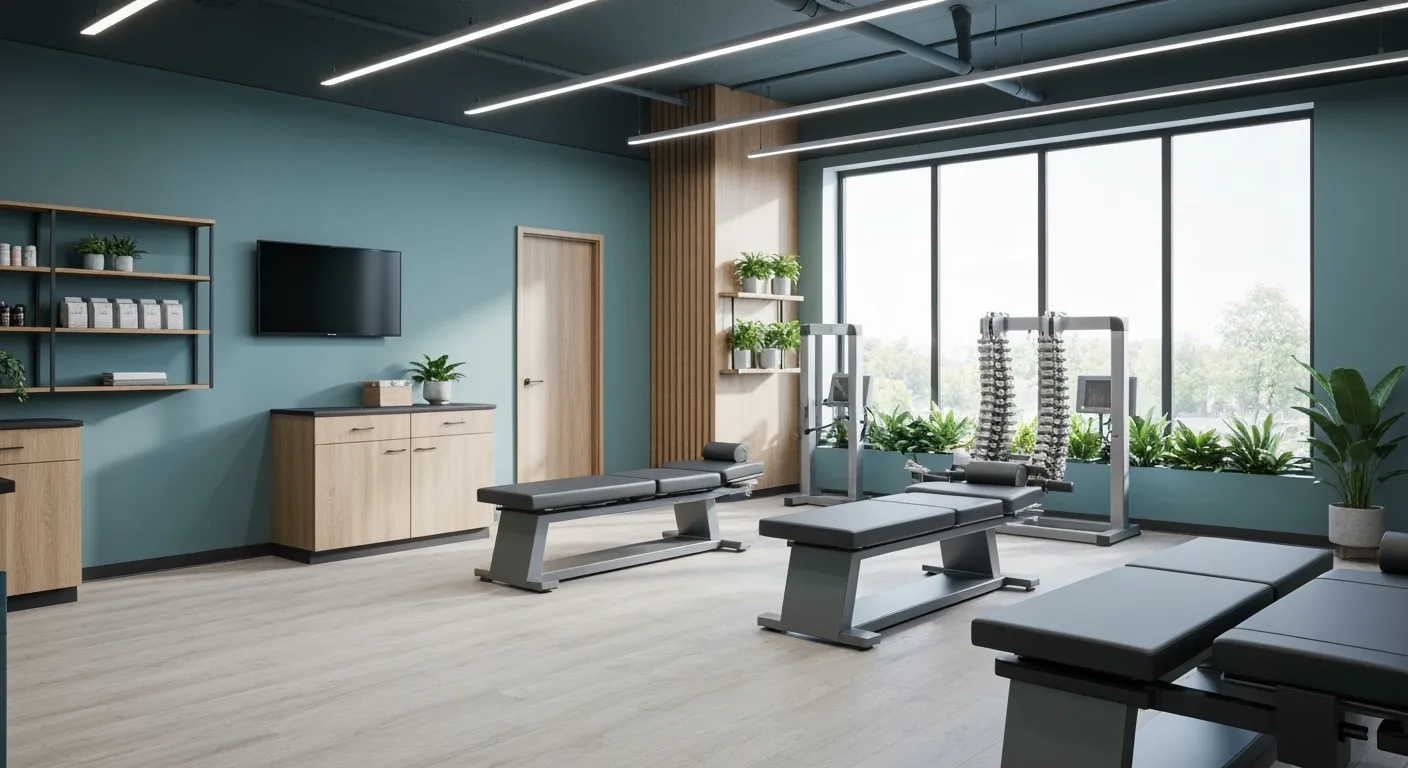
Corrective Exercise Programs Designed for Long-Term Pain Prevention

Healthy Lifestyle Advice for Maintaining Spinal Alignment

Understanding Spinal Decompression as a Treatment for Sciatica Pain
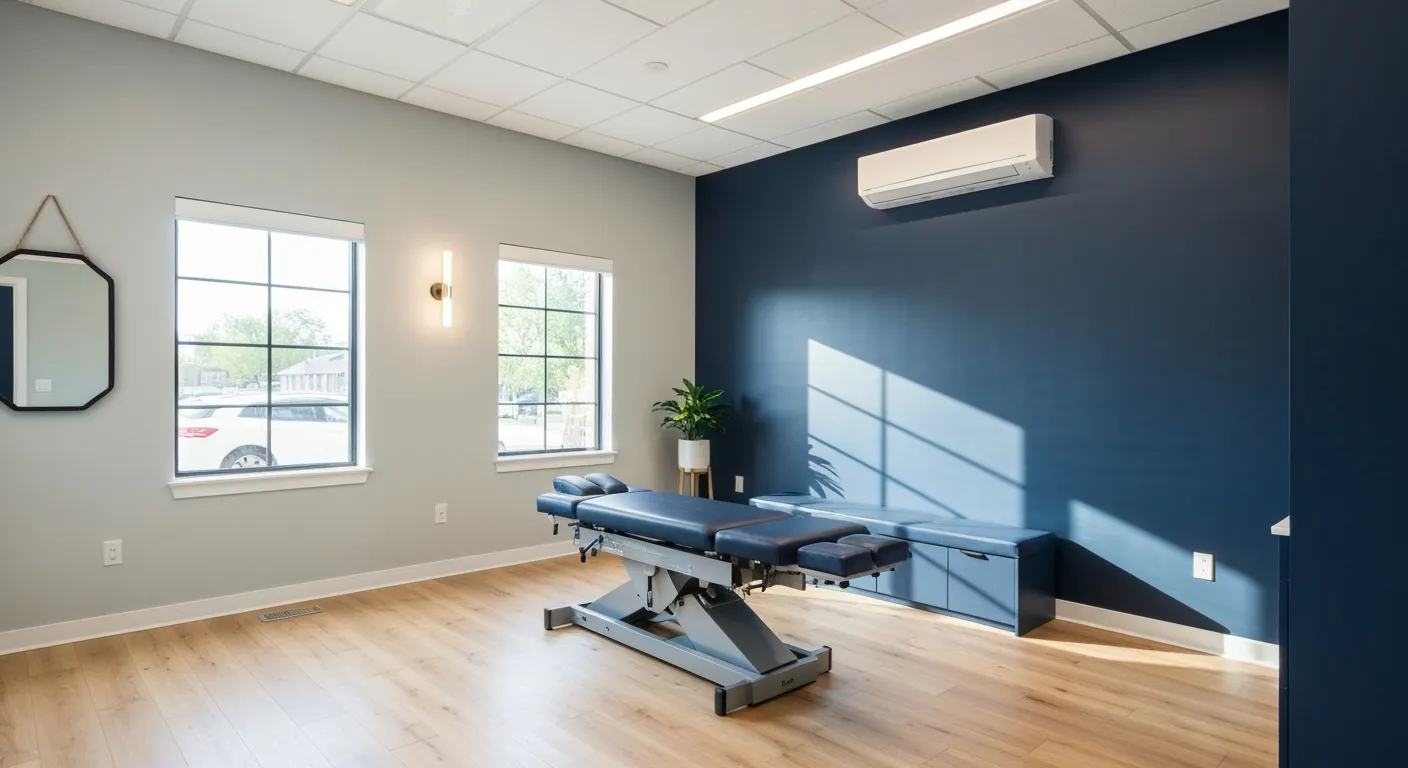
Benefits of Chiropractic Care Specifically for Back Pain Relief

Understanding Gait Analysis in Physiotherapy

The Difference Between Muscle Soreness and Dysfunction

Workplace Stress Statistics: How Muscle Tension Impacts Productivity

How Physiotherapy Improves Mobility for Seniors

How to Communicate Pain Levels to Your Therapist Effectively
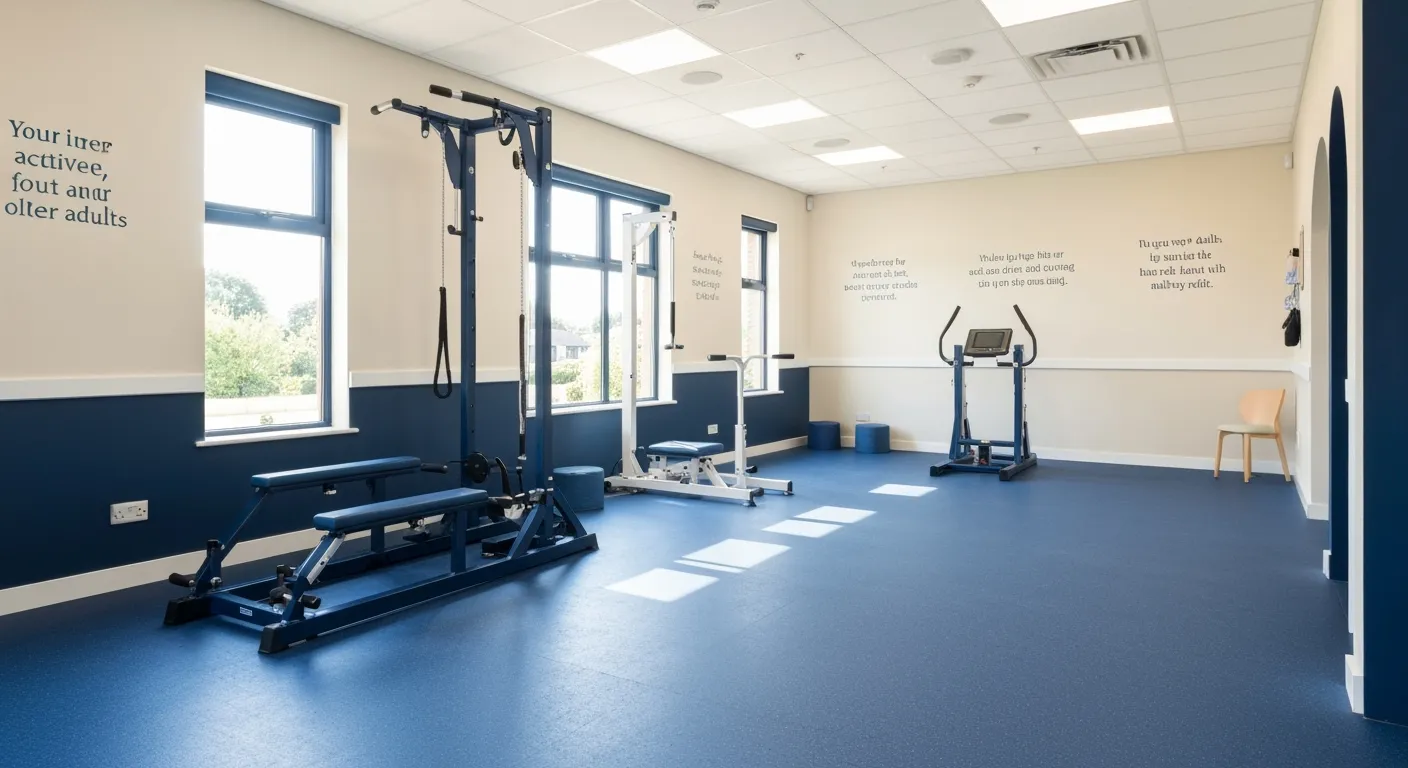
Physiotherapy Interventions for Balance and Fall Prevention

How Physiotherapy Helps Post-Surgical Recovery

